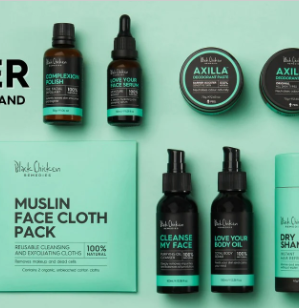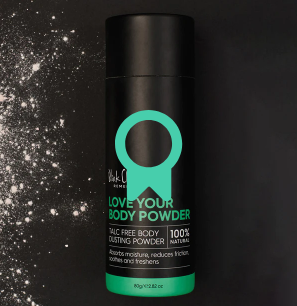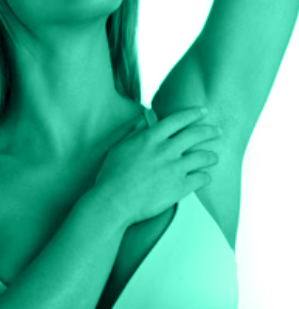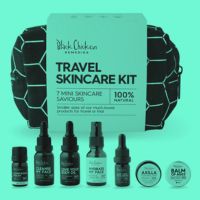Ingredients to Avoid
| INGREDIENTS | WHY TO AVOID IT | FOUND IN |
|
|
BHA is rated a 10 (highest hazard) on cosmeticsdatabase.com and BHT is rated a 6 (moderate hazard). BHT and BHA are classified as possible human carcinogens. Studies with animals have shown that BHT causes liver, kidney and thyroid problems and can act as a tumor promoter. |
In moisturizer, makeup , lipstick, cleansers etc. to extend the shelf life |
DEA, MEA & TEA |
Dr. Samuel Epstein, Professor of Environmental health at the University of Illinois said, “repeated skin applications of DEA-based detergents resulted in a major increase in the incidence of two cancers- liver and kidney cancers.” |
These are commonly found in most personal care products that foam, including bubble baths, body washes, shampoos, soaps and facial cleansers |
PHTHALATEs |
In tests on lab animals they are proven to cause a broad range of birth defects and lifelong reproductive impairment in males exposed in utero and shortly after birth. Children exposed to phthalate chemicals commonly found in personal care and plastic products – have elevated risk of asthma-related airway inflammation Urine samples from babies who had baby lotion, shampoo and powder used on their skin showed the significant presence of phthalates Monoethyl phthalate (MEP) (MMP) and monoisobutyl phthalate (MiBP). |
In skincare and nail products |
Formaldehyde-releasing preservatives |
Formaldehyde prevents bacteria formation in the skin care product but also has other potential health risks, including: Eye, nose and throat irritation, Respiratory problems, increased risk of cancer, Lead to or increase existing skin irritations such as eczema, Cause skin blistering and cracking. Widely used in hair products, moisturizers, etc. Banned in some countries e.g. Sweden and Japan. Look for DMDM HYDANTOIN, DIAZOLIDINYL UREA, IMIDAZOLIDINYL UREA, METHENAMINE, or QUARTERNIUM-15 |
Widely used in hair products, moisturizers, etc |
Parabens |
Parabens can mimic hormones in the body and disrupt functions of the endocrine system. This is also known as Methylparaben, Propylparaben, IIsoparaben, Butylparaben. Your body does not easily break down this “synthetic estrogen” and it can accumulate in fat cells, including breast tissue. Studies have found it in breast cancer tissue. |
Widely used in makeup, moisturizers as preservatives |
PARFUM |
Mixture of chemicals that can trigger allergies and asthma. Some linked to cancer. The Environmental Working Group (EWG) reports that, while many popular perfumes, colognes and body sprays contain trace amounts of natural essences, they also typically contain a dozen or more potentially hazardous synthetic chemicals, some of which are derived from petroleum. Dr Susannah Baron, consultant dermatologist at Kent & Canterbury hospital, and BMI Chaucer Hospital. "You don’t react immediately; the body notes that it does not like the chemical and develops “memory cells”, which cause inflammation when the body is next exposed to this chemical.” |
Widely used even in some products marketed as “unscented” (often the last ingredient) |
PEG & the Glycols |
Propylene Glycol, Butylene Glycol, and Polyethylene Glycol (PEG) are used as humectants, solubilizers, stabilizers, and to help increase product absorption into the skin. Stops products liquifying at high temperatures (As a side note, antifreeze is pure propylene glycol). Can be contaminated with 1,4-dioxane, which may cause cancer – remember it “helps product absorption into the skin”! |
Widely used in conditioners, moisturizers, deodorants, etc |
PETROLATUM |
Comes from crude oil and acts as a lubricant for machinery. We also use it to relieve nappy rash, heal raw noses and soothe chapped lips. Petroleum product can be contaminated with cancer-causing impurities. “Using products with petrochemicals causes inflammation in the body. This type of inflammation is what causes many types of cancer.” Deepak Chopra |
There is petrolatum in one out of every 14 cosmetic products on the market, including 15 percent of lipsticks and 40 percent of baby lotions and oils |
Mineral oil |
Also a petrochemical derived from Crude oil. It coats the skin just like plastic wrap. The skin’s natural immune barrier is disrupted as this plastic coating inhibits its ability to breathe and absorb. The skin’s ability to release toxins is impeded by this ‘plastic wrap,’ which can promote acne and other disorders. This process slows down skin function and normal cell development causing the skin to prematurely age. |
Baby oil is 100% mineral oil with some fragrance |
SODIUM LAURETH SULFATE (SLES) /
|
It can mimic the activity of Oestrogen and may be responsible for a variety of health problems from PMS and Menopausal symptoms to dropping male fertility and increasing female cancers such as breast cancer, where oestrogen levels are known to be involved. It cannot be metabolised by the liver so it stays in the body longer and uses lots of energy to expel. |
In products that foam such as shampoo, cleansers, bubble bath. It's the same product they use at the car wash |
TRICLOSAN |
Releases Formaldehyde. Johnson and Johnson say they will phase out by 2015. Triclosan is stored in human body fat. |
In “anti-bacterial” products such as toothpaste, soaps, hand sanitizers. May interfere with hormone function and contribute to antibiotic-resistant bacteria |



















